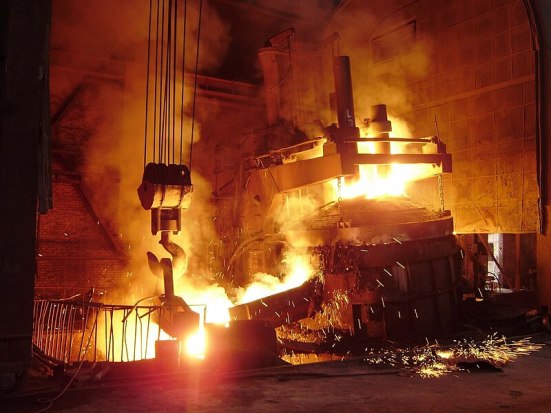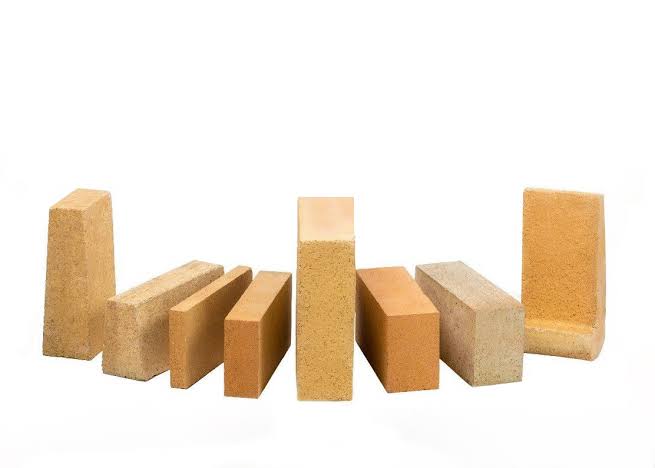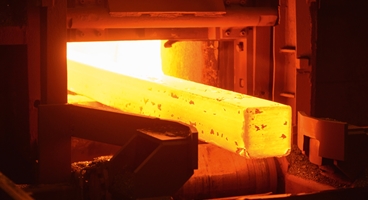Introduction
Are you interested in learning about the intricate process of steel making in an induction furnace? Look no further, as this comprehensive guide will walk you through the step-by-step practice of producing high-quality steel using induction furnaces. From understanding the parameters to following the best practices, this article will provide you with the expertise and knowledge needed to excel in steel making. So, let’s dive in!
What is an Induction Furnace?
Firstly, let’s understand what an induction furnace is. An induction furnace is a type of electric furnace that utilizes electromagnetic fields to heat and melt metal. It employs the principle of electromagnetic induction, where alternating current is passed through a coil, creating a magnetic field. This magnetic field induces eddy currents within the metal, generating heat and eventually melting it.
Step-by-Step Guide to Steel Making in Induction Furnace
1. Preparing the Ingredients
The first step in steel making is preparing the ingredients. This includes selecting and measuring the appropriate quantities of iron scrap, alloys, and additives such as limestone or fluxes. The composition of these ingredients will determine the properties of the final steel product.
2. Charging the Furnace
Next, the charged furnace is brought to the desired operating temperature. The temperature control is critical to achieve optimal results. Induction furnaces offer precise temperature control, allowing for efficient steel making. Once the furnace reaches the desired temperature, it is ready for the next step.
3. Melting the Charge
The charged ingredients are gradually introduced into the induction furnace. As the metal enters the furnace, the electromagnetic field induces eddy currents, rapidly heating and melting the charge. The use of an induction furnace ensures superior melting efficiency and evenly heated metal compared to traditional methods.
4. Refining the Metal
Once the metal is melted, the refining process begins. This involves removing impurities present in the charge, such as slag, oxides, and other non-metallic compounds. Various methods can be employed for refining, including the addition of fluxes or the use of stirring mechanisms to enhance the removal of impurities.
5. Alloying
After refining, the desired alloys are added to the molten metal. Alloying allows for the customization of steel properties, such as strength, corrosion resistance, or heat resistance. The alloys are carefully selected and added in specific proportions to achieve the desired steel composition.
6. Adjusting Steel Composition
Once the alloys are added, the composition of the steel is adjusted as per the specific requirements. This is crucial as it ensures that the final steel product meets the desired quality standards and performance characteristics. The adjustments may involve manipulating the temperature, adding further alloys, or refining the metal further.
7. Pouring and Casting
With the steel composition optimized, the molten metal is ready for casting. It is transferred to the appropriate molds or casting equipment, where it solidifies into the desired shape. During the casting process, it is crucial to ensure proper cooling and control over the cooling rate to prevent defects and obtain the desired microstructure.
8. Post-Processing
Once the steel has solidified, it undergoes post-processing operations such as heat treatment, machining, surface finishing, and inspection. These processes further enhance the properties and quality of the steel, making it suitable for various applications ranging from construction to automotive industries.
Key Parameters to Consider
Throughout the steel-making process in an induction furnace, several parameters should be closely monitored for optimal results. These include:
- Temperature control: Precise temperature control is essential to achieve the desired metallurgical properties.
- Alloy composition: The accurate proportioning of alloys ensures the desired steel characteristics.
- Refining techniques: Effective methods of removing impurities result in cleaner and higher-quality steel.
- Casting conditions: Proper cooling and control over the cooling rate during casting prevent defects and ensure the desired microstructure.
- Heat treatment: Applying specific heat treatment regimes can further enhance the mechanical and physical properties of the steel.
By meticulously following these parameters, you can produce top-quality steel with consistent properties and performance.
Conclusion
Steel making in an induction furnace is a complex yet rewarding process. By understanding the step-by-step practice, key parameters, and best practices, you can ensure the production of high-quality steel tailored to meet industry demands. So, put on your safety gear, prepare your ingredients, and let the induction furnace guide you towards the creation of exceptional steel. Happy steel making!





What you’ve written here speaks not just to the mind, but to the heart as well.